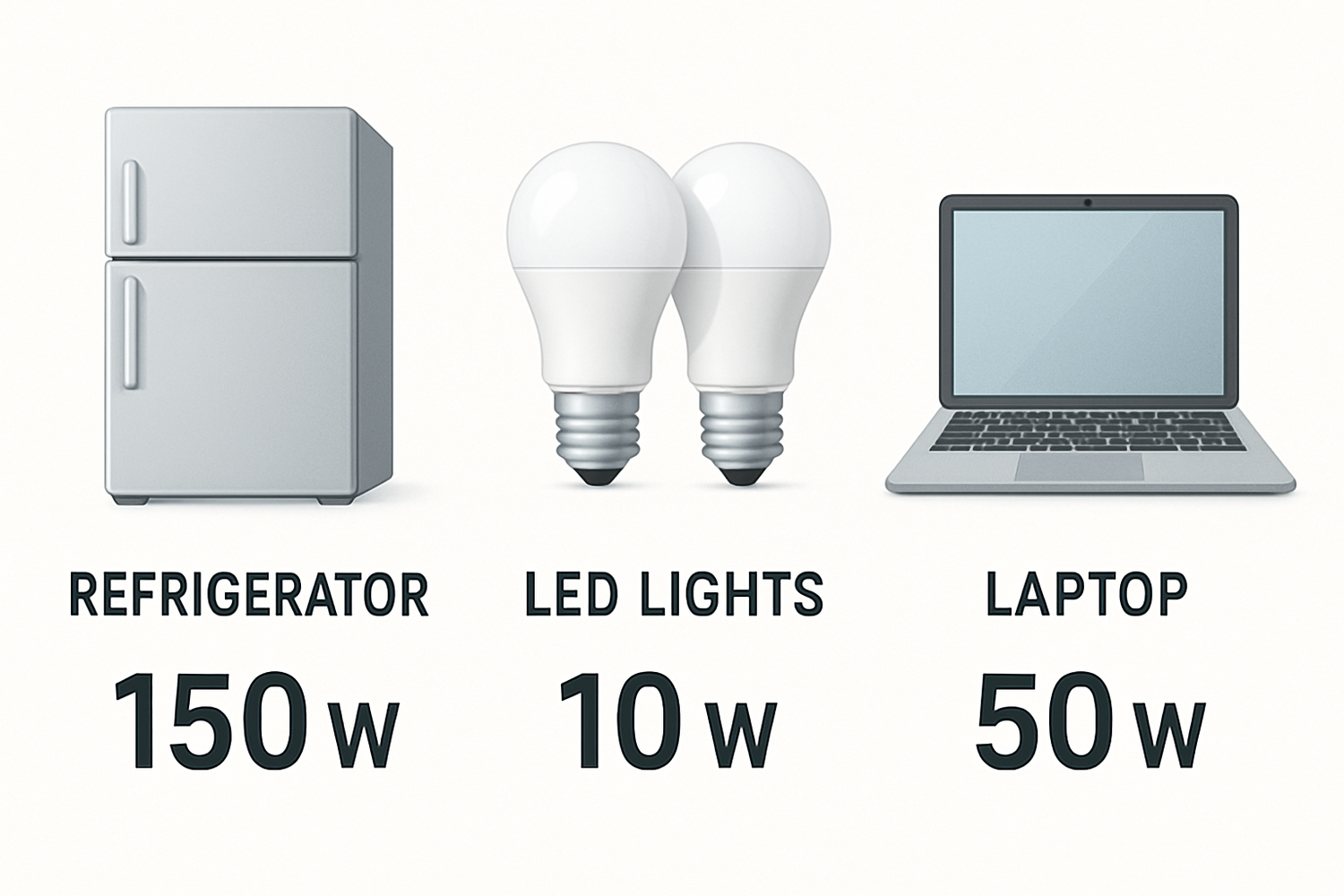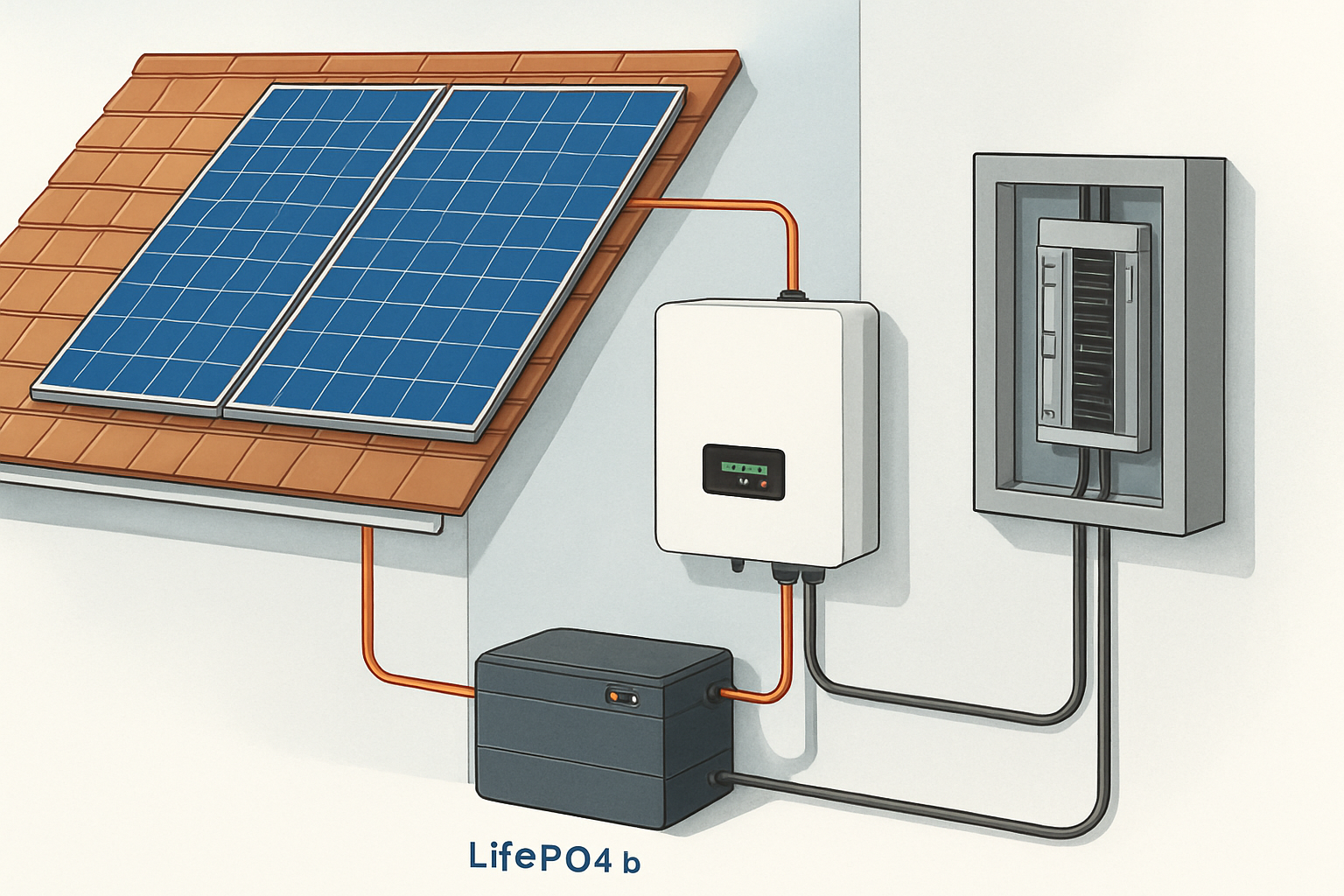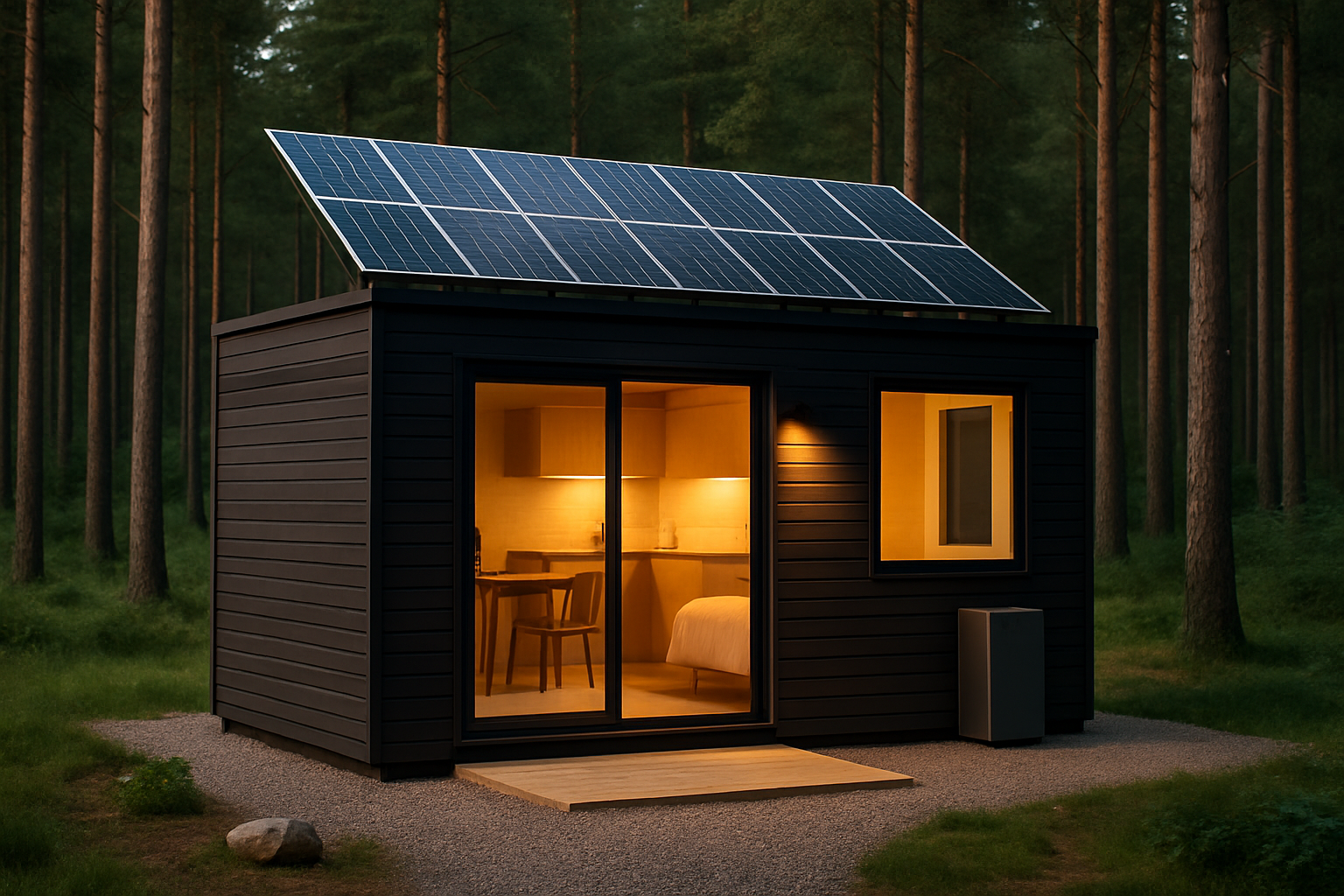Many people exploring home solar battery storage encounter the 100Ah lithium deep cycle battery. It's a popular capacity, but a critical question arises: is it sufficient to power a home? The answer isn't a simple yes or no. It depends entirely on your energy consumption, lifestyle, and what you want to achieve, whether it's partial backup power or complete off-grid living.
This analysis breaks down what a 100Ah battery can realistically handle, how to assess your own energy needs, and where this battery size fits into a residential solar power system.
Understanding the Capacity of a 100Ah Lithium Battery
To determine if a 100Ah battery is right for you, you must first understand what its capacity rating means in practical terms. The label can be misleading without a little context.
What '100Ah' Really Means in Kilowatt-Hours (kWh)
Amp-hours (Ah) measure charge capacity. To find the total energy stored, you multiply the amp-hours by the battery's voltage (V). For a typical 12V 100Ah lithium battery, the calculation is:
100 Amp-Hours × 12 Volts = 1200 Watt-hours, or 1.2 kilowatt-hours (kWh).
This 1.2 kWh is the total energy the battery can store. A key advantage of a lithium iron phosphate (LiFePO4) battery, a common type of lithium deep cycle battery, is its high Depth of Discharge (DoD). You can safely use 90% or more of its stored energy without damaging it. This means you get to use almost the entire 1.2 kWh, unlike traditional lead-acid batteries where you are often limited to 50% DoD.
Key Advantages of Lithium Iron Phosphate (LiFePO4)
A 100Ah LiFePO4 battery offers significant benefits for home energy storage. These batteries provide a long cycle life, often rated for thousands of cycles, which translates to a lifespan of over a decade. They are also more efficient, safer, and lighter than other battery chemistries. Their stability and performance make them an excellent choice for a reliable home solar battery storage system.
Calculating Your Home's Energy Needs
Before deciding on any battery size, you must know how much energy your home uses. A 1.2 kWh battery might be plenty for one household but completely inadequate for another.
Conducting an Energy Audit
The most straightforward way to understand your usage is to check your monthly utility bills. They usually show your average daily kWh consumption. For a more detailed view, you can conduct a manual audit. List your essential appliances, find their wattage, and estimate how many hours you use them each day. This helps you calculate your daily watt-hour requirements.
| Appliance | Average Power (Watts) | Daily Usage (Hours) | Daily Energy (Watt-hours) |
|---|---|---|---|
| Refrigerator | 150 W | 8 hours (cycling) | 1200 Wh |
| LED Lights (5 bulbs) | 50 W | 6 hours | 300 Wh |
| Wi-Fi Router | 10 W | 24 hours | 240 Wh |
| Laptop Charging | 65 W | 3 hours | 195 Wh |
| Total Essentials | 1935 Wh (1.94 kWh) |
Differentiating Between Essential and Non-Essential Loads
A successful home battery storage system often separates critical loads from high-demand ones. Essential loads include your refrigerator, lights, internet router, and necessary medical devices. Non-essentials might be your air conditioner, washing machine, or entertainment system. A single 100Ah lithium deep cycle battery is best suited to power a select few essential devices during a power outage, not the entire house.
Sizing a System: Where Does a 100Ah Battery Fit?
A 100Ah battery can be a foundational component of a solar energy storage system, but its role depends on the overall goal.
Scenario 1: Backup Power for Critical Loads
For emergency backup, a 1.2 kWh battery can be very effective. It could run a modern refrigerator (approx. 150W), a few LED lights (30W), and a Wi-Fi router (10W) for about six hours (1200Wh / 190W). This provides a valuable lifeline during short-term grid outages, keeping your food fresh and your home connected.
Scenario 2: Small Off-Grid Applications
A single 100Ah battery is generally not enough for a standard home to live completely off-grid. However, it is an excellent solution for smaller applications like a cabin, a workshop, or a tiny house with minimal energy needs. For perspective, international development projects for remote communities often use smaller batteries for basic needs. *According to a guidebook from IRENA on Renewable energy for remote communities, even minimal household energy needs for lighting and small devices in off-grid projects require carefully sized systems.* This highlights that full residential off-grid living demands a much larger battery bank.
The Power of Scalability: Building a Larger Battery Bank
One of the great features of a 100ah lithium ion battery is modularity. You can start with one and add more later. By connecting multiple batteries in parallel, you increase the total amp-hour capacity. For example, four 12V 100Ah batteries in parallel create a 400Ah bank with 4.8 kWh of energy. Connecting them in series increases the voltage, which can improve system efficiency. This scalability allows you to build a home solar battery storage system that grows with your needs.
Factors Influencing Real-World Performance
The rated capacity of a battery is just one part of the equation. Several external factors affect how much power you can actually use.
Inverter Efficiency and System Losses
A solar inverter converts the battery's DC power to AC power for your appliances, but this process is not 100% efficient. Energy is lost as heat. Other components and wiring also contribute to system losses. *As detailed in an IRENA publication about Electrification with renewables, system designs must account for these factors, with typical assumptions being 90% for battery discharging efficiency and 85% for load efficiency.* These small percentages add up and reduce the usable energy from your battery.
Solar Panel Sizing and Recharge Time
Your battery is only useful if it can be recharged effectively. The size of your solar panel array determines how quickly your 100Ah battery can be replenished. A small array may struggle to fully charge the battery on a cloudy day, leaving you with less power than you expected for the night. Proper solar power system sizing ensures your generation matches your storage and consumption.
Temperature and Environmental Impact
Extreme heat or cold can impact the performance and longevity of a lithium phosphate battery. While they have a wider operating temperature range than other types, it is still a factor to consider when planning your installation. *For a deeper look into how various factors affect battery output, you can review this ultimate reference on solar storage performance.*
A Realistic Verdict on the 100Ah Battery
So, is a 100Ah lithium deep cycle battery enough for a home? For powering an entire, modern household, a single 12V 100Ah battery is not sufficient. Its 1.2 kWh capacity is quickly consumed by the energy demands of an average home.
However, it is an outstanding component for specific, targeted applications. It excels as a starting point for a scalable system, as a dedicated backup for essential devices, or as the primary power source for a small off-grid structure. The key is to have a clear understanding of your energy needs and to design a system that meets them. A 100Ah battery can be a powerful tool on your path to energy independence when used correctly.
Disclaimer: This information is for educational purposes only. Consult with a qualified professional for system design and installation. This is not financial or legal advice.
Frequently Asked Questions
How many solar panels do I need to charge a 100Ah lithium battery?
To charge a 12V 100Ah battery (1200Wh), the number of panels depends on their wattage and your location's peak sun hours. For example, with 5 peak sun hours, you would need 240 watts of solar panels (1200Wh / 5h = 240W) to recharge it in one day. A single 300W panel or two 150W panels would typically be adequate.
Can I use a 100Ah battery for my air conditioner?
Generally, this is not recommended. A central air conditioner or even a window unit can draw 1,000 to 4,000 watts. A 1.2 kWh battery would be depleted in less than an hour, and the high power draw could exceed the battery's maximum discharge rate. Powering such heavy loads requires a much larger battery bank and a powerful inverter.
How long will a 100Ah LiFePO4 battery last?
A 100Ah LiFePO4 battery has a very long lifespan. It is typically rated for 4,000 to 6,000 charge cycles. If you cycle the battery once per day, it could last well over 10 years. This is a significant advantage over traditional lead-acid batteries, which may only last a few hundred cycles.





Leave a comment
All comments are moderated before being published.
This site is protected by hCaptcha and the hCaptcha Privacy Policy and Terms of Service apply.